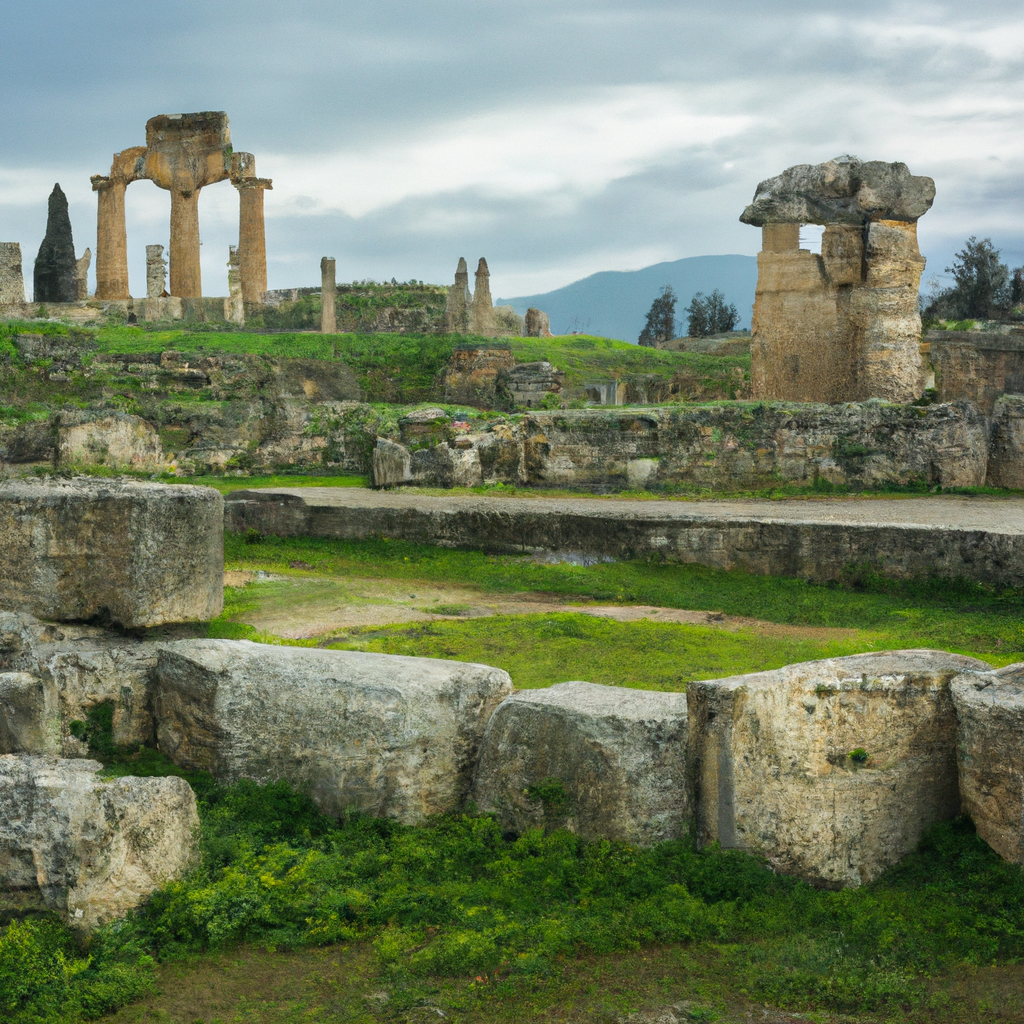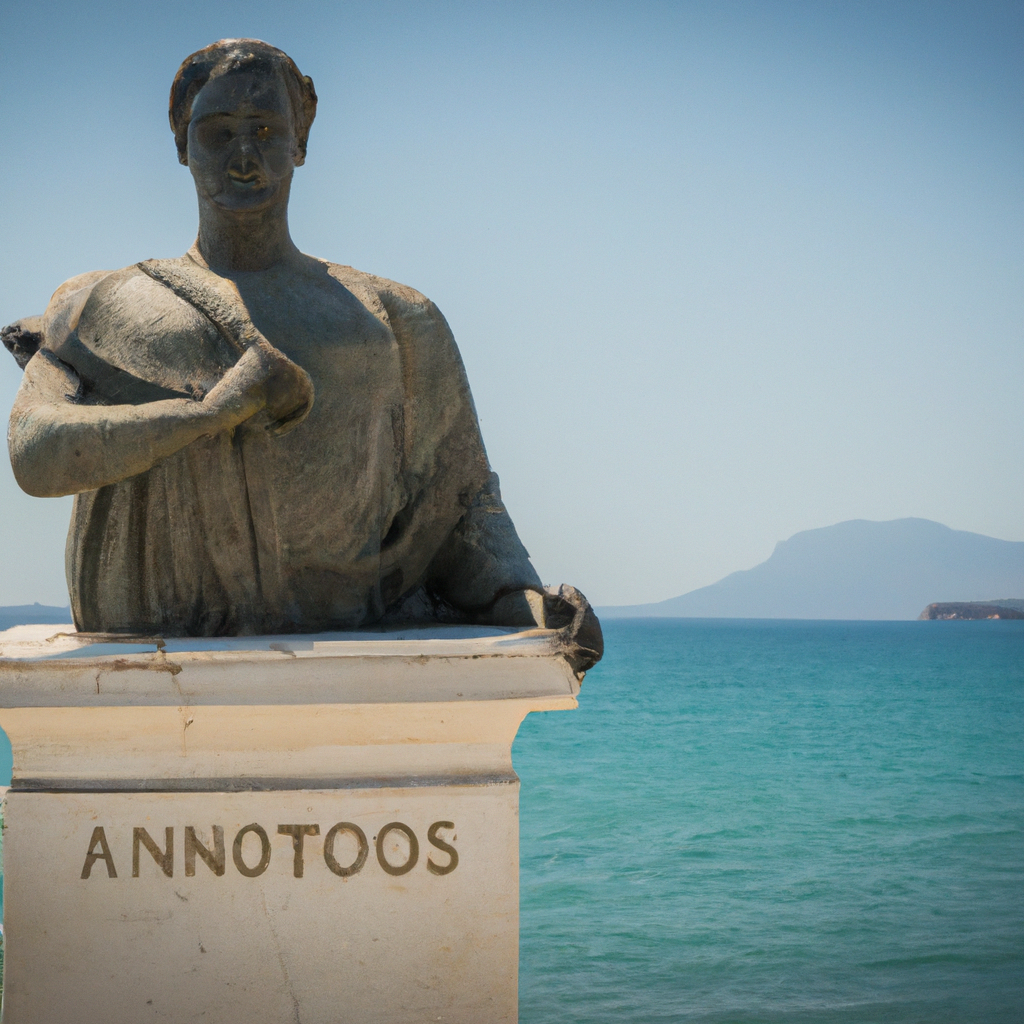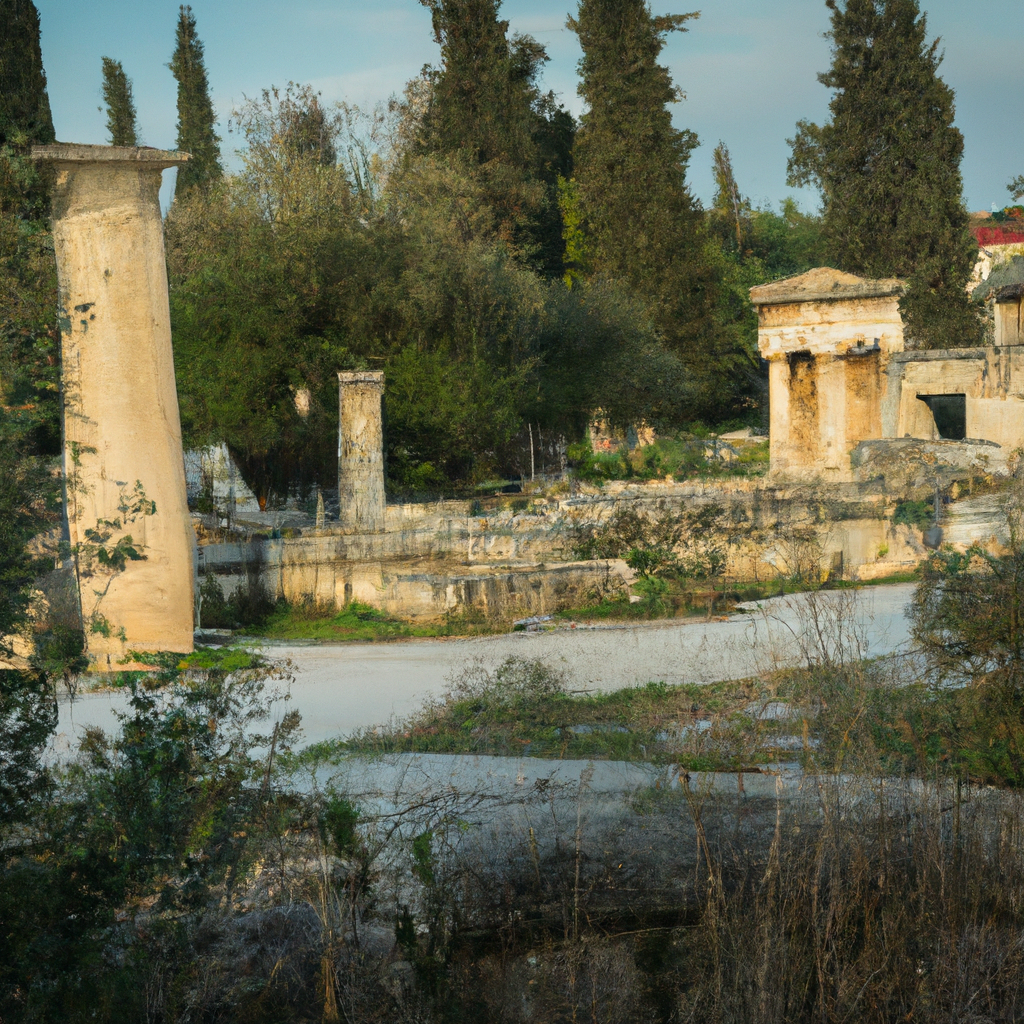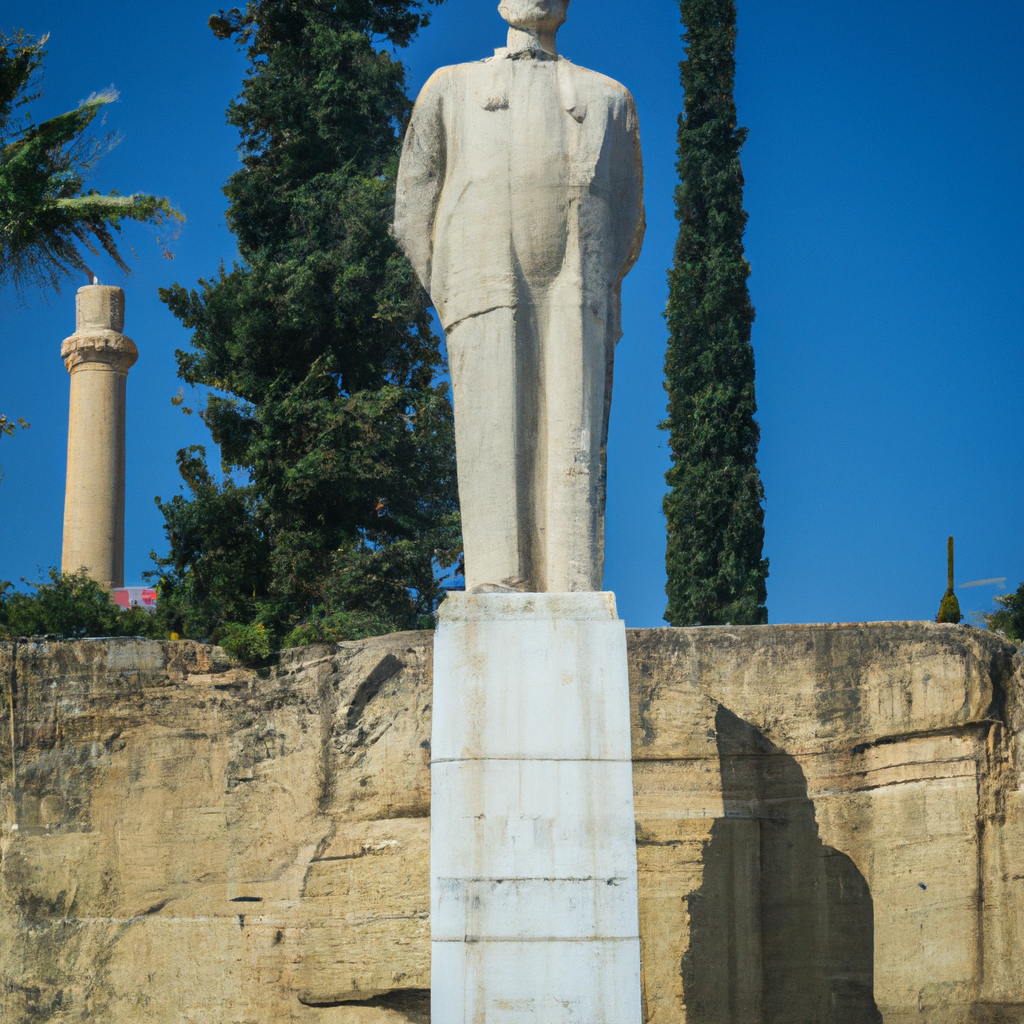Ancient Corinth archaeological site In Greece: Overview,Prominent Features,History,Interesting facts
Overview:
Ancient Corinth was an ancient city-state located in Peloponnesia, Greece. It sits along the Isthmus of Corinth in the region of Corinthia. The city was a major hub of maritime commerce in the Mediterranean in the 6th and 5th centuries BC. It was known for its influential philosophical and religious schools, and it was the birthplace of the first public theater in Greece. The ancient ruins of the city are still visible and can be found in the modern city of Corinth. The archaeological site includes the Temple of Apollo, the Temple of Aphrodite, the Sanctuary of Demeter, the forum of Ancient Corinth, the Odeon theater, and the gymnasium. The site also has remains from the Roman period including the Temple of Octavia and the Temple of Roma. It is one of the most beautiful monuments in Greece
Prominent Features:
The Ancient Corinth archaeological site in Greece was an important ancient city located on a Saronic Gulf in the Peloponnese peninsula. The city saw great power and success during the Classical Greek period, and its legacy remains standing today, with many well-preserved ruins sites. Notable sites to explore include the Temple of Apollo, Acrocorinth, the Agora, the Theatre, Bema, and the Sinbioticon. There is also an archaeological museum at the site that contains many artifacts from the ancient city, including coins, pottery, and sculptures. The archaeological site is also a popular destination for visitors seeking to experience some of the rich history and culture of the ancient Greeks. You can learn history, culture, and heritage through these magnificent monuments in Greece.
History:
Ancient Corinth was an important city-state and a major center of trade in the ancient world. It was located on the Isthmus of Corinth, the narrow strip of land that connects the Peloponnese Peninsula with the mainland of Greece. The city-state was extended by a fortified wall 3.5 km wide and 12 km long, stretching from the Corinthian Gulf in the south to the bay of Lechaeum in the north. Ancient Corinth flourished from the 8th century BC until it was destroyed by the Romans in 146 BC. Archaeological excavations in Ancient Corinth have been ongoing since the late 19th century. They have revealed public buildings such as the Temple of Apollo and market places, public spaces such as the Diolkos Causeway, and the remains of many private homes. With its location on the Isthmus, ships could either be dragged across the isthmus or sail through the canal of Corinth, making the city a major trading center. Artifacts found at the site include pottery, jewelry, coins, and weapons, aiding in the understanding of the city’s wealthy and cultural life. It was also important to the ancient Romans and was the official seat of the Roman governor in Greece. Since 1950, there has been an excavation project on Ancient Corinth. The project is currently in its 66th season and is based at the American School of Classical Studies. The excavation provides information and insight into the development of Ancient Corinth through its various phases. Visit one of the famous monuments of Greece with your friends and family.
Interesting facts:
1. Ancient Corinth was one of the most important cities of the ancient world, and it remained continuously inhabited for thousands of years. 2. Located on the Isthmus of Corinth, it was a major trading centre and a powerful city-state, which controlled the strategic Isthmus route that connected Southern and Northern Greece. 3. Corinth was destroyed by the Romans in 146 BC,but it later became the seat of Imperial Roman government in Greece. 4. Corinth was also the home of the world’s first university, Aristotle’s Academy. 5. Many of its ruins remain today, including its Doric Temple, agora, odeon, bouleuterion and baths. 6. The ruins of its Lechaion harbour are also still visible. 7. Corinth is also well-known for its association with the New Testament apostle Paul, who lived and preached there in 54-56 AD. 8. His visits are still recorded in a 2nd century AD inscription known as the ‘Bema of Paul’ (Paul’s Rostrum). 9. Apart from being an important centre of Christianity, influential literature was also written in Ancient Corinth, including Pausanias’ 'Description of Greece'. One of the historical monuments of Greece, it tells the story of a bygone era
Explore Greece most popular tourist destination with us. Ancient Corinth archaeological site In Greece: Overview,Prominent Features,History,Interesting facts,which is 35.14 km away from Greece main town, is the most popular destination to add in your travel wishlist.
-
City:
Greece
-
state:
Corinth
-
country:
GR
-
country code:
Greece
-
postcode:
20100
Location:
Corinth GR

















